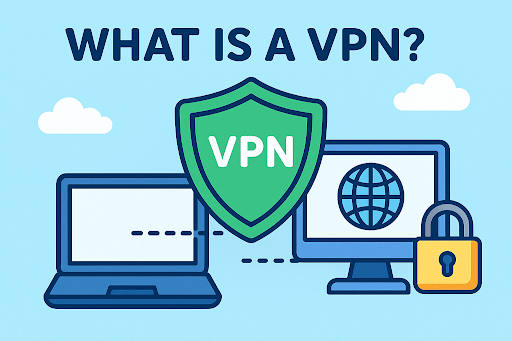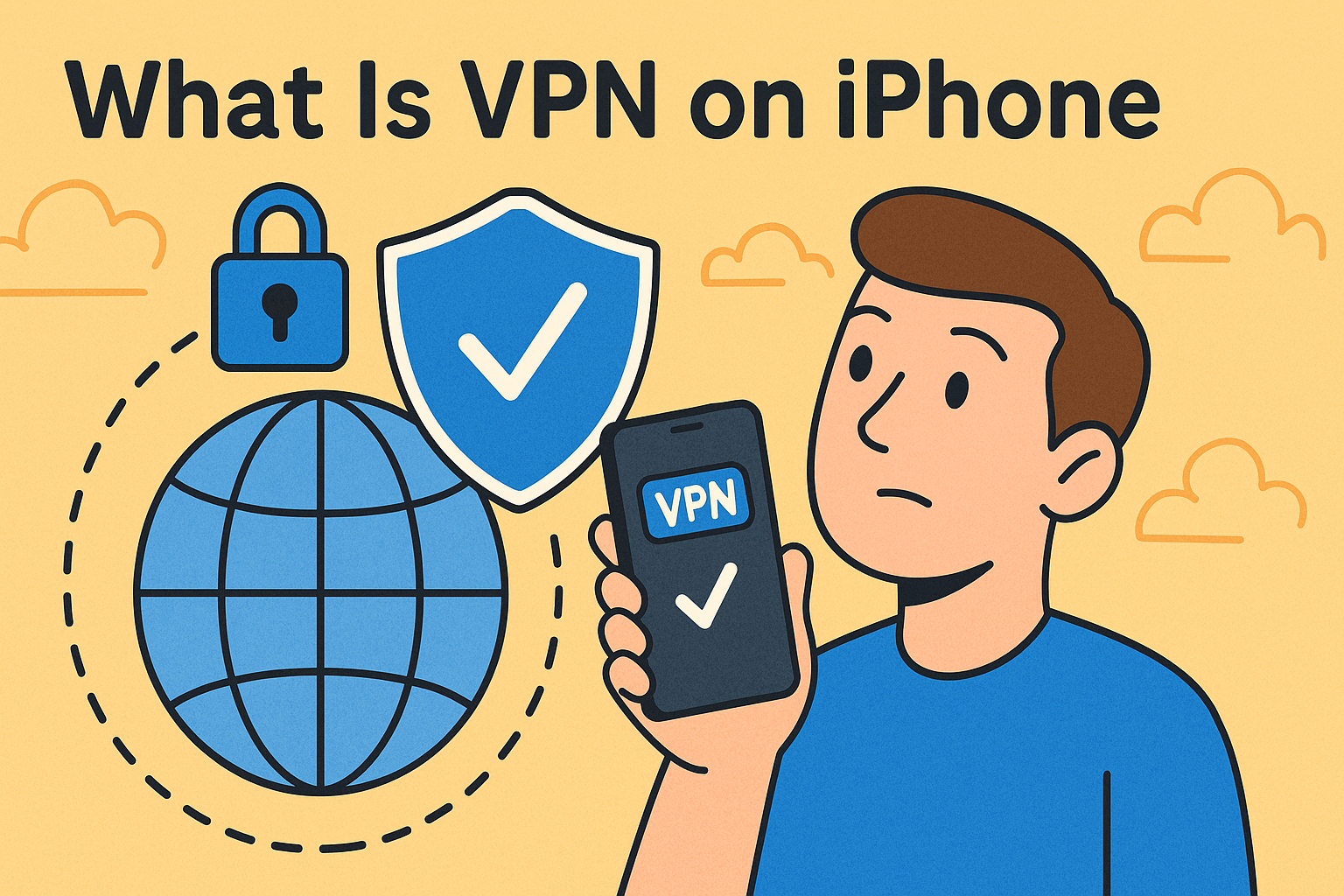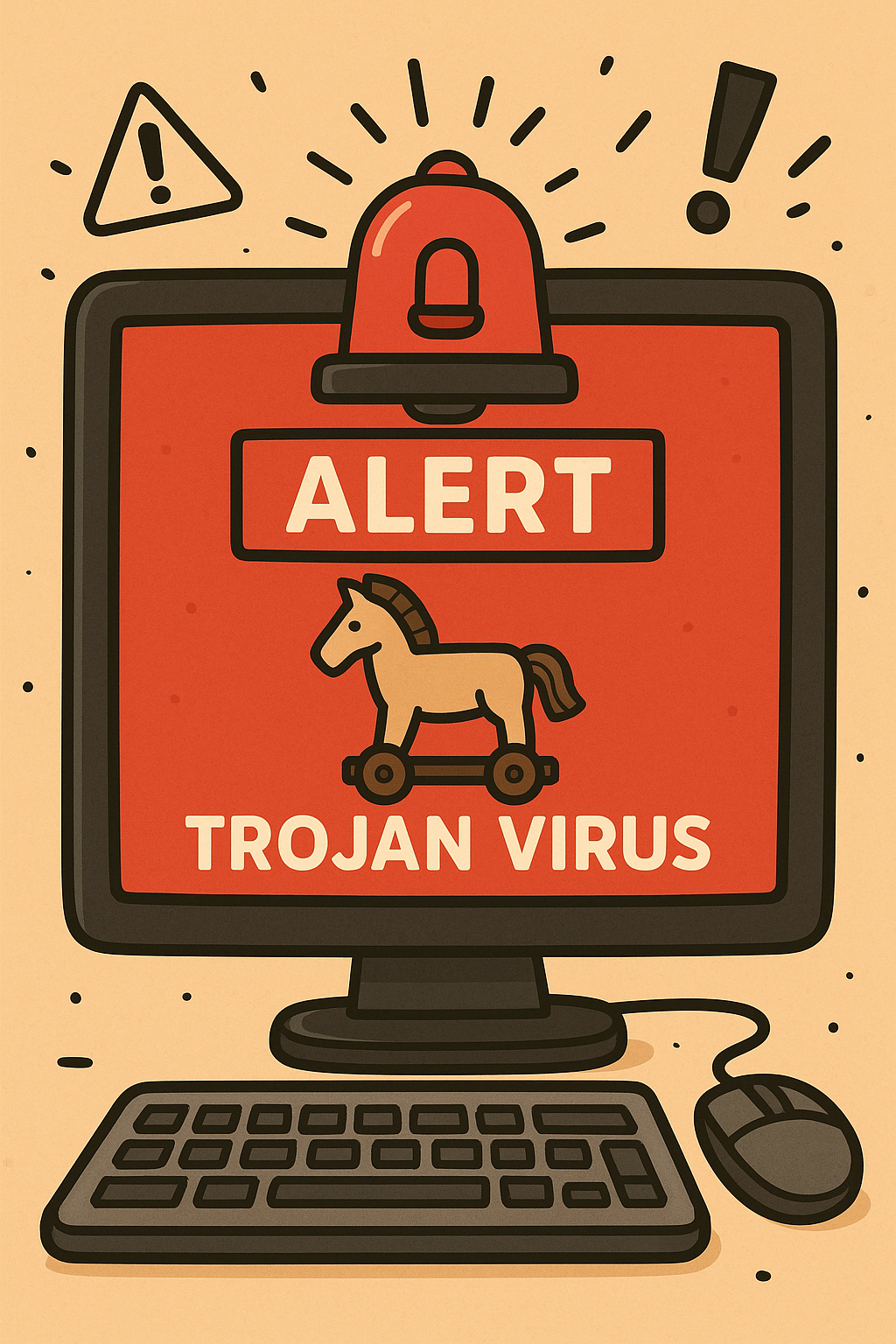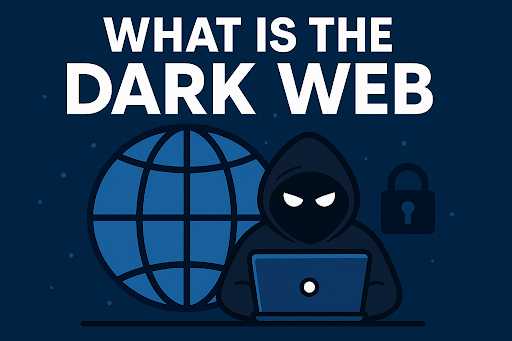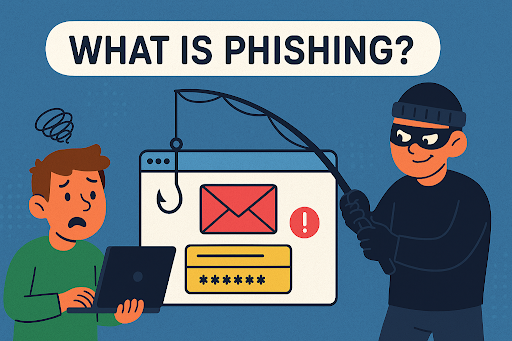How Does A Ransomware Attack Spread On A Network?
Updated on October 11, 2022, by Xcitium
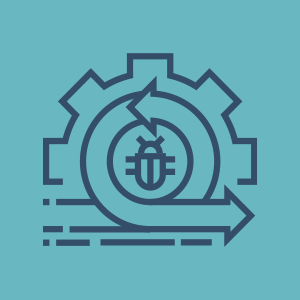
Ransomware is a type of malware, and its attacks are launched through the various methods of spreading malware. As you may know, malware spreading depends on a host to enter a computer, such as attachment, links, software, etc.
This article presents more details on how do ransomware attacks occur. But first:
What Is Ransomware And Its Motive?
Like Trojans, worms, computer viruses, etc., ransomware is another type of malware that poses threats to businesses, individuals, and even government agencies. It’s a computer program with malicious codes, meant to capture a user’s data and demand ransom. Yes, ransom demand, this is a different approach from other malware. This malware locks out a computer user, encrypts data, and asks for payment before decrypting the data.
Ransomware Motives
Steal Money from Victims
You may want to call it forceful or fraudulent means of getting money from unsuspecting people. Ransomware criminals’ primary intent is to get money from their victims after encrypting data. Several ransomware attacks have gulped huge sums from its victims. In August 2019, about 34 towns were attacked by Ransomware in Texas, requesting a total of $2.5 million before lifting the restriction. Not to mention the attack on the Baltimore City government that cost them $18 million to recover their systems.
Ransomware criminals usually target data-driven companies and have successfully gotten money from their victims after encrypting essential data and crippling activities.
Temporal/Permanent Loss of Data
Though most ransomware victims do retrieve their data after payment of the ransom, others lose both data and money. Moreover, during an attack, victims lose their data temporarily, which could be permanent. Some ransomware attacks may directly aim to cease your data permanently, and you are bound to lose them even after paying the ransom.
Other motives of ransomware attacks could be data destruction, stealing sensitive information, and releasing victims’ private data to the public. Although all these methods are used to threaten victims to pay a ransom, they may still do one of them even after paying the ransom.
How Do Ransomware Attacks Occur?
Back to the main discourse, how do ransomware attacks occur, as mentioned earlier, spreads via phishing scams and other related methods. Let’s take a detailed look at the various phishing methods deployed by ransomware criminals:
Email Attachments
The approach is always tricky. The attackers may impersonate people you know, send deceitful messages with malicious attachments. These attachments usually contain the ransomware malware, and you do suffer an attack after opening the attachment.
To prevent such occurrences, you want to be careful with unknown emails asking you to open an attachment. Though some may mimic someone you know, ensure you check carefully before taking any action. If possible, avoid opening unverified attachments from any email ID.
Malicious Links
Like email attachments, ransomware also spreads through infected links. Of course, this is another widely used phishing method. It takes the same approach with attachments. They send persuasive messages to their targets to trick them into clicking the infected links.
You can prevent this by watching email and messages sent to you on social media asking you to click links to promotions and the likes.
Pirated Software
Most Pirated software are malware hubs. Perhaps you are happy using such software because you don’t pay money, but you risk being attacked by ransomware and other malware. Cracked/pirated software may contain malicious codes from the manipulators, which reveals your information when installing the program on your computer. More so, cracked software does not receive updates from the real developers, and most updates are meant to patch security loopholes. Which means other attackers can easily get you through the pirated software on your computer.
Avoid using such software to prevent ransomware and other malware attacks.
Website Pop-ups
Ransomware attacks can also hit you through website pop-ups. You may stumble on a webpage, asking you to update an application on your computer or click the pop up to remove malware off your computer. You may invite malware to your computer by clicking such pop-ups. Be wary of random websites displaying pop-ups that want you to install an app on your computer for whatsoever reason. Most of the time, this is a tricky method used by ransomware criminals to launch attacks. Of course, this method was used via Adobe flash update to attack many computer users.
Flash Drives
You probably know that infected files on flash drives sent to your computer can bring in malware. You should be careful of where you get data into your system. You can further prevent this with an active antivirus/anti-malware software.
Wrap Up
Ransomware brings no pleasant experience, and you want to prevent it by all means. Thankfully, there are proven ways to avoid the attacks, as you have read above. Also, security systems can help you protect your computers against ransomware attacks. Ensure you step up to advanced security systems that can detect and block sophisticated malware.
Backing up your data is also crucial, as it helps you recover them when you lose them to cyber-attacks or physical disasters



 (3 votes, average: 3.67 out of 5, rated)
(3 votes, average: 3.67 out of 5, rated)


